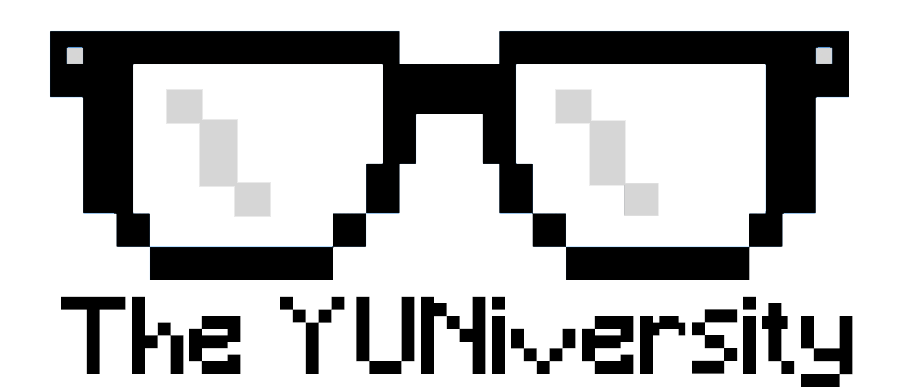⚠️ Please Don’t Smell Your “Colon”: It Doesn’t Smell Good 👃🏻🤢
A Look at the Misused and Underappreciated Punctuation Mark
Everyone has something to say about semicolons. But what about its less “popular” sibling, the colon?
Its claim to fame is that it is commonly mistaken for cologne, often to comical effect:
In fact, the easier-to-spell colon is used so often in place of cologne, we were compelled to tweet about the difference (with an assist from the fine folks at Grammarly):
Furthermore, people mistakenly think that the colon is only good for making lists. (And even then, they misuse it.)
This raises the obvious question: How exactly does one go about using a colon? (I’m not an oncologist, so I’m obviously referring to the punctuation mark, not the organ that is the main part of the large intestine.) 😜
The most important thing to know about colons is that the statement before the colon has to be a complete sentence, i.e., an independent clause.
In that regard, they are very much like semicolons.
However, unlike semicolons, colons do not have to be followed by complete sentences. In that sense, they are “superior” to semicolons. Perhaps that’s why semicolons have the “inferior” prefix “semi-” (half; partly).
Now that you have a clearer understanding of how colons actually work, put your knowledge to work in your writing or on standardized tests like the SAT or ACT. 👍





